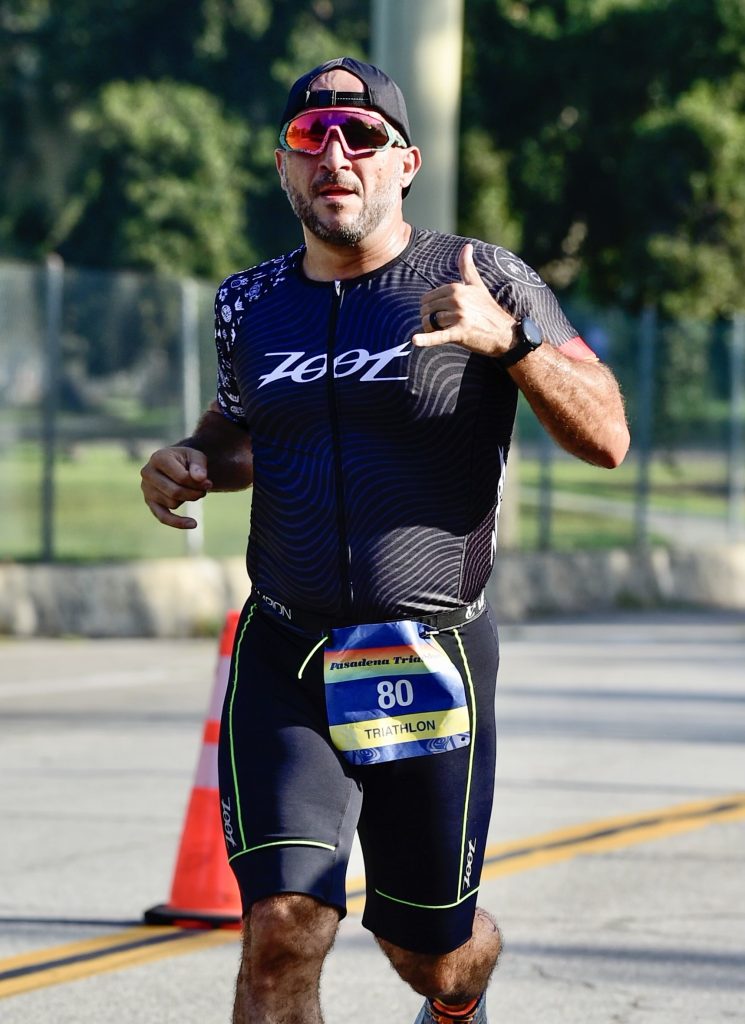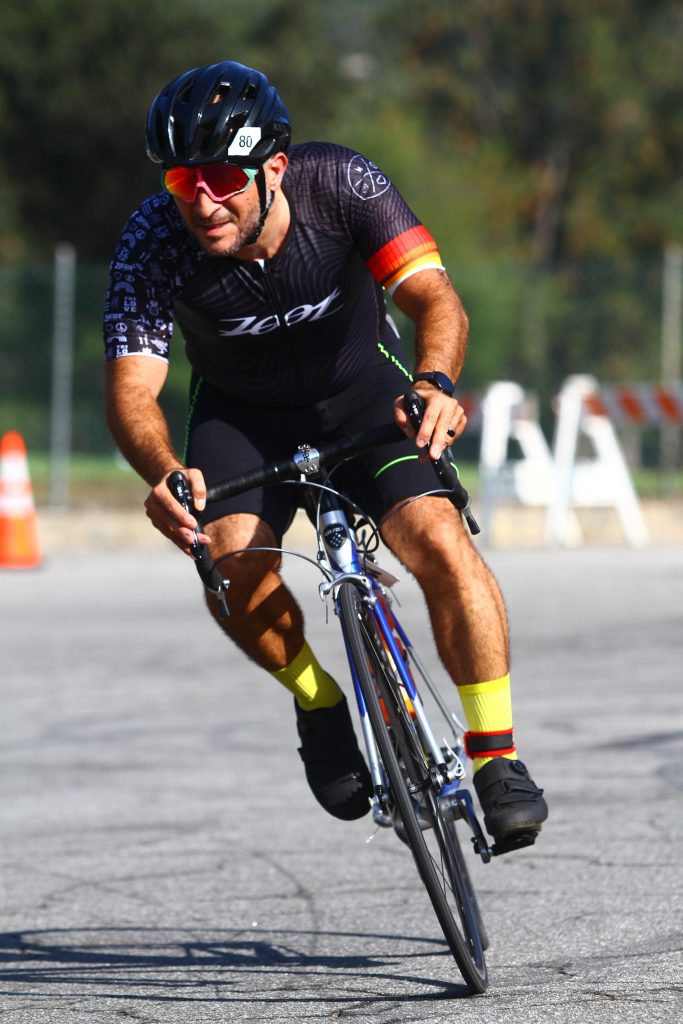Discover winning strategies for your nonprofit’s peak season!
This July, I’ll compete in an Olympic distance triathlon, starting with a 1-mile swim, then a 25-mile bike ride and finishing with a 6.2-mile run. Like any triathlete, I’ve got my strengths: swimming first, running second and cycling last. But just because I’m weakest in cycling, that doesn’t mean I won’t train for it.
In the same spirit, your nonprofit’s marketing strategy needs a triathlete’s discipline. Summer is your training season, prepping for your peak period from mid-August through December 31. Just like any good athlete, you need to stay focused, stick to your “training schedule” (marketing plan) and ensure a robust multi-channel strategy.
As you gear up for the fall nonprofit fundraising race, we’ll focus on three main areas: direct mail, digital and acquisition (both online and print).

Read on to discover training strategies for your nonprofit’s fall fundraising season, and let’s get ready to race!
Direct Mail: Find Your Perfect Pace
I’ve noticed that direct mail (cultivation) can be like my running game: I’ve been training for a while, I’ve found a good cadence and I think of it as set. For most organizations, direct mail programs are also set – your nonprofit may not tweak it much. However, you might have noticed a drop in quantity (we will get to that in acquisition).
So, in this training season, here are a couple of tips to fine-tune your print channel strategies:
- Make sure your donor data is good to go by doing some summer cleaning (flag analysis, data tags, etc.).
- There’s always room for improvement, so what if there was an opportunity for some more revenue in the fall fundraising season? Is there a place to add a campaign directed for middle and major donors? Connect with your strategist to confirm if there’s another place to add a print campaign.
- Direct mail is a strong and foundational part of marketing, but your print channel becomes even stronger when coupled with a robust strategy in the digital channel. For example, even if a donor receives consistent mail from you, they may be heading over to your website to make the donation.
Digital: Gear Up for Peak Performance
For me, the digital channel of marketing is like the cycling part of my race. The bike has a lot of components that help with overall performance, like seat height, the reach to the handlebars, being in the right gear; and if all these components are finely tuned and in the aerodynamic position, they can have a tremendous impact on the race.
In the same way, if your nonprofit’s digital channel is finely tuned and optimized, your organization’s message is more likely to meet the right audience at the right time – for greater results!
Some training checkpoints:
- When you communicate via email, is it layered on top of your monthly cultivation emails and spaced out accordingly?
- Like my bike that needs a good tune up before race day, is your website up to date and engaging? Are the donation forms easy to navigate?
- Is your fall fundraising social media calendar ready, and does it coincide with the email campaigns and the holiday schedule? (For example, Giving Tuesday is December 3, which is very late and something to monitor with your digital media ad placements).
Acquisition: Make a Splash with New Donors!
Lastly, and probably most importantly in this training season, is the strategy of acquisition to obtain new donors via digital and print channels. Just as I’m strongest in my swim – which creates a foundation for the entire race – acquiring new donors through both channels is foundational for any nonprofit.
BDI did a little analysis from the class of new donors in 2021. If a donor’s first gift was made online, their 3-year lifetime value was $388 on average – about double that of donors acquired from print ($192 on average).
There are many more ways to engage new donors in digital channels (digital media ads, display, YouTube, audio, etc.), but that doesn’t mean you should forgo the print strategy! Even though I’m strongest in my swim, I still train for it! Remember that acquisition in print and digital should be coordinated and complement one another, not compete (pun intended!).

The Finish Line
I hope these triathlon training tips will help your nonprofit transition smoothly to success!
And maybe it’s the pastor/preacher in me, but let me leave you with some additional fall fundraising coaching tips in this training season – the three “i’s”:
Be intentional with your active donors and the new donors acquired.
Invest resources to acquire new donors. While the COVID years saw an increase in giving, don’t let those numbers keep you from doubling down on key strategies to strengthen and acquire new donors now. You may not see the return on investment immediately, but don’t forget the value of donors over time! In 2, 3 or 5 years, your investment to acquire a donor will not only pay for itself, but bring in additional revenue.
Last “i”: the ministry you’re providing in the community is irreplaceable. It matters! Keep being the hope and light of Jesus for those who are hurting.
Stay updated on what’s next for nonprofit fundraising!
Sign up for our newsletter today to get the fuel that will help boost your fundraising for nonprofits to the next level.





